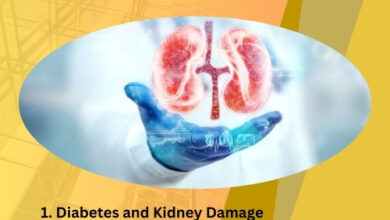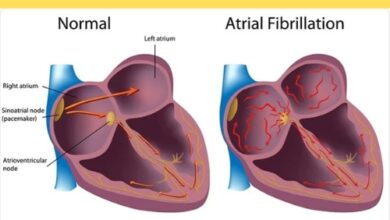Those summer sniffles could be COVID-19 as higher levels now detected in Pierce County

In anticipation of a COVID-19 revival, the Tacoma-Pierce County Health Department has issued an alert.
Tacoma-Pierce County Health Officer Dr. James Miller stated that “Pierce County — along with other places in Washington and the United States — is seeing fairly high COVID-19 levels in wastewater” in a statement that was posted on the department blog on Thursday morning.
In order to determine whether COVID-19 is on the rise, monitoring virus levels in wastewater has become the norm. In 2022, Pierce County began monitoring in collaboration with the Washington State Department of Health as part of the WA Forward initiative to obtain a more precise case-level assessment.
Miller reports that the current number of cases is approaching the levels of the winter cold/flu season.
He stated in Thursday’s post, “At this time, we are seeing COVID-19 wastewater levels similar to what we saw early in the year during the winter respiratory season.” “There has also been an increase in COVID-19-related ER visits.”
In contrast to roughly 0.5% in the spring, he stated that presently “about 2% of emergency room visits in Pierce County are for COVID-19.” Similarly, COVID-19 accounts for 1.8% of hospital admissions in Pierce County, up from roughly 0.5% in the spring.
“Our CDC hospital admission level is still rated as low,” he continued, despite the increase.
He stated, “COVID-19 could be the cause if you’re feeling sick, or even if you just have a runny nose that could be seasonal allergies.”
“To help protect others, particularly people who are at higher risk of getting very sick from COVID-19,” Miller urged home testing.
In the early stages of their illness, people who test positive are advised to stay away from other people and seek further treatment from their primary care physician if necessary.
Higher-risk individuals “should consider taking extra precautions for the next few weeks, like limiting time in crowded indoor settings or wearing a mask in crowded indoor settings,” Miller advised on Thursday.
On its website, the state department of health (DOH) provided extra cleanliness tips and contagion timetables, pointing out that people can still be infectious even after they resume their regular activities.
▪ Wear a mask when you resume regular activities and take preventive measures for the next five days, including enhancing air flow and filtration, washing frequently, avoiding close contact with others, and testing when you will be in close proximity to others indoors.
▪ Five to ten days following the onset of disease, COVID-19 carriers are frequently infectious. In contrast, the flu lasts 5-7 days and the respiratory syncytial virus (RSV) lasts 3–8 days.
▪ Certain individuals, like those with compromised immune systems, may remain infectious for an extended duration when infected with any respiratory virus.
As the virus adapts to survive, Dr. Céline Gounder, a medical commentator for CBS News, informed the network last week that “your immunity to infection only lasts about three months.” Because of your considerably longer-lasting immunity to serious illness, hospitalization, and death, fewer individuals are falling ill than they were at the beginning of the pandemic.
Gounder went on, “It is to be expected that we’ll see a big wave of COVID across the country every few months, maybe twice a year or so.”
Revised COVID-19 The U.S. Centers for Disease Control and Prevention report that Moderna, Novavax, and Pfizer are anticipated to release 19 vaccinations later this year.




